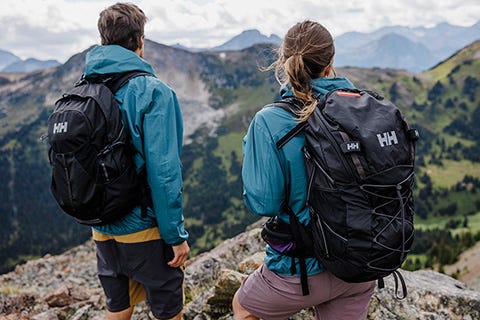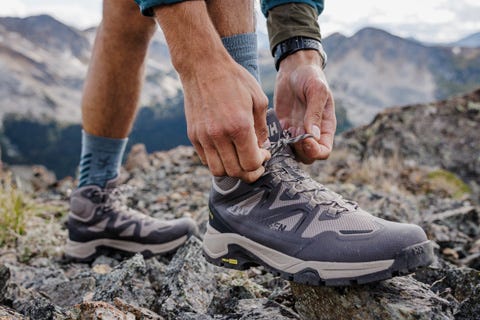
Local Storage seems to be disabled in your browser.
For the best experience on our site, be sure to turn on Local Storage in your browser.
Local Storage seems to be disabled in your browser.
For the best experience on our site, be sure to turn on Local Storage in your browser.
April 21, 2023 Update: February 29, 2024 2 min read
An efficiently packed backpack is essential to a comfortable and enjoyable trip.
It'll feel more comfortable and balanced to carry along the trail – whether it’s a 90L expedition backpack or a 25L daypack. In this video, our design manager for bags and backpacks, Darren Lum, demonstrates how best to pack your backpack for ultimate comfort and weight distribution.
Gather everything you need for your trip. Lay it all out on the floor or table and review what you have. Check that you have all the essentials and remove anything that isn’t necessary.
Pro tip: Use stuff sacks, packing cubes or compression sacks to help organize and reduce the volume of your gear before you start to place everything in your backpack.
Start with the lightest items and put them at the bottom of your bag. Your sleeping bag is perfect for this position. Fill in the areas around your sleeping bag with your other light items. Having these items on the bottom will keep your pack from feeling weighed down and also act as a shelf to support the heavier items that you will add next.
Make sure that you place the heavy items in the middle of the backpack, but closest to the back panel. And remember to also keep these items balanced from side to side. By keeping most of the weight close to your center of gravity, the pack will feel more stable and will need less effort to carry. Extra water and tents are often added here (don't forget that tents can be split into separate components).
Pro tip: Keep sharp objects away from hydration bladders.
Your medium weight and bulkier gear is next. Add these items in the middle of the pack, but closer to the front of the bag and also on top of the heavy items. Cooking pots work great for storing utensils and kitchen gear inside, so make sure to use all of the extra space before putting them it in.
Finally, use the top lid and any external pockets to store the gear you need to have close at hand. If your pack has hip belt pockets, these are great for storing your snacks or phone. A quick inspection to make sure that everything is secure and a quick tightening of all your compression straps and you're done.


May 15, 2024 3 min read
The best hiking shoes or boots should be comfortable to wear. Follow our expert tips to learn how to choose the right hiking footwear for you.

April 30, 2024 3 min read
To dress for coastal sailing, you want to be protected against the wind and spray from the waves, and also the sun. In this guide, we share some top tips for layering from professional sailors, Kayleen VanderRee and Pip Hare.